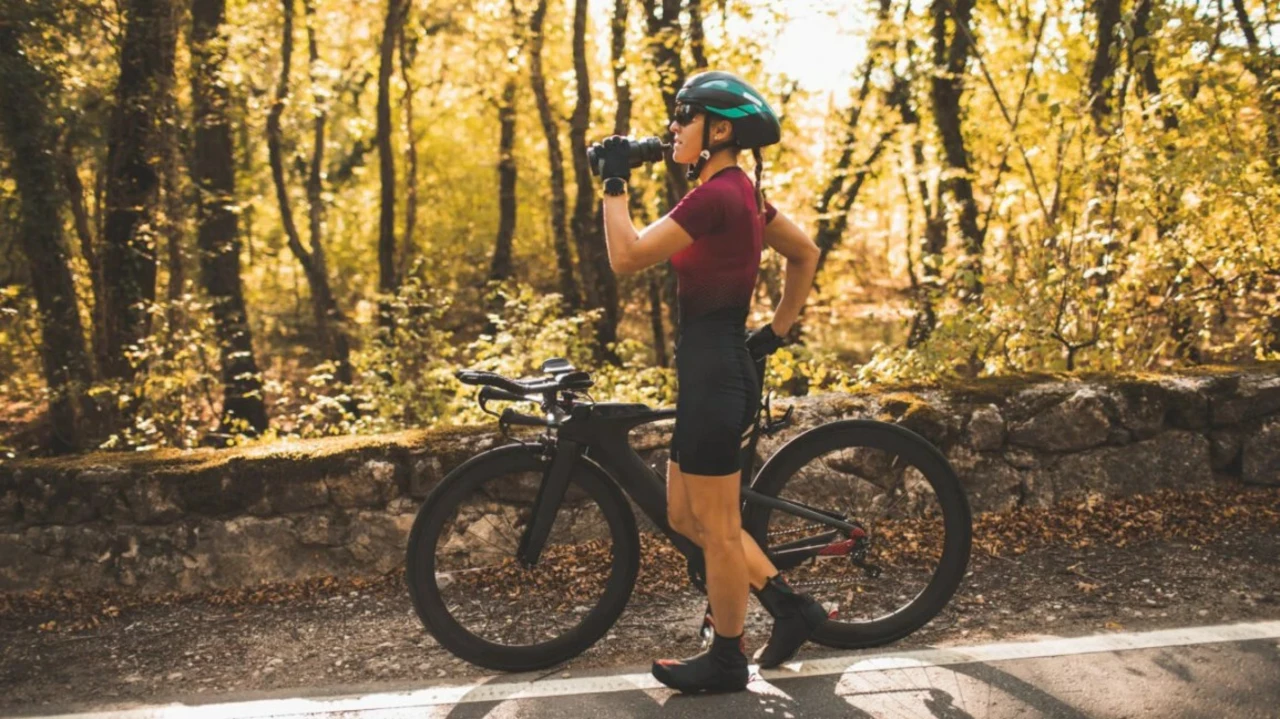How to Nail Your First Century Ride
If you’ve ever stared at a 100‑mile route and felt both excited and overwhelmed, you’re not alone. A century ride isn’t magic; it’s a mix of steady training, the right bike set‑up, and smart fueling. Below you’ll find a straightforward roadmap that takes the mystery out of the mile count and puts you in the saddle with confidence.
Training Plan for Your First Century
Start by building a base of 3‑4 rides per week, each lasting 45‑90 minutes. Keep the effort comfortable – you should be able to hold a conversation. After two weeks, add one longer ride on the weekend. Increase its distance by 10‑15% each week until you hit 80‑90 km (50‑55 mi). This gradual climb teaches your muscles and heart to handle time in the saddle without burning out.
Don’t forget a weekly “hard day.” Pick a route with hills and push yourself for 2‑3 hours at a moderate intensity. The uphill work builds the power you’ll need for the rolling sections of a century. Finish each session with a short cool‑down and a stretch that targets quads, hamstrings, and lower back.
Recovery is as important as the rides themselves. Aim for at least one full rest day and listen to your body. If you feel lingering fatigue, swap a hard ride for a relaxed spin or a light jog. Consistency beats occasional intense bursts when you’re targeting endurance.
Gear & Nutrition Essentials
Your bike doesn’t have to be a carbon‑fiber monster, but a few tweaks make long rides smoother. Fit matters most – a proper saddle height reduces knee strain, and a short stem improves handling on long descents. Check tire pressure before each ride; a slightly lower pressure adds comfort on rough roads without risking pinch flats.
Pack a simple kit: a spare tube, mini‑pump, tire levers, and a multi‑tool. A chain‑lube stick can rescue you if the chain sins mid‑ride. Light‑weight, water‑proof bags keep your phone, wallet, and a few energy snacks dry.
Speaking of snacks, fuel early and often. Aim for 30‑60 grams of carbs per hour – think bananas, energy bars, or a handful of dried fruit. Pair carbs with a pinch of salt to replace sweat minerals. Hydration is key: sip water continuously, and add an electrolyte drink after the first hour, especially in warm weather.Plan your food stops ahead of time. Identify a café or a park bench every 20‑25 km where you can refuel and stretch. A quick 5‑minute break to stretch calves and drink water makes a big difference in comfort later on.
After the ride, treat your body like a well‑used machine. Within 30 minutes, eat a mix of protein and carbs – a smoothie with protein powder, fruit, and milk works well. Gentle stretching and a foam‑roll session ease sore muscles and speed up recovery.
Finally, keep the mindset positive. A century ride isn’t a race; it’s a personal challenge. Break the distance into bite‑size segments, celebrate each checkpoint, and remember why you started – the joy of the road, the wind in your face, and the badge you’ll earn at the finish line.
Ready to log those miles? Grab your bike, follow the plan, and enjoy every pedal stroke. Your first century ride is just around the bend, and with these tips you’ll cross the line feeling strong and proud.
Have you ever done a century ride on a mountain bike?
Riding a mountain bike for a century (100 miles) is an impressive feat that requires preparation, dedication, and endurance. It is an unforgettable experience that can take you through breathtaking landscapes, challenging terrain, and unforgettable memories. From the steep climbs to the thrilling descents, the century ride will test your limits and push you to the edge. You'll feel a great sense of accomplishment when you reach the finish line and cross the 100-mile mark. Whether you're a beginner or a seasoned cyclist, a century ride on a mountain bike is an amazing and rewarding experience.
